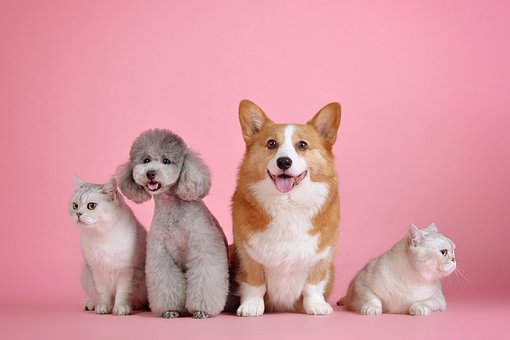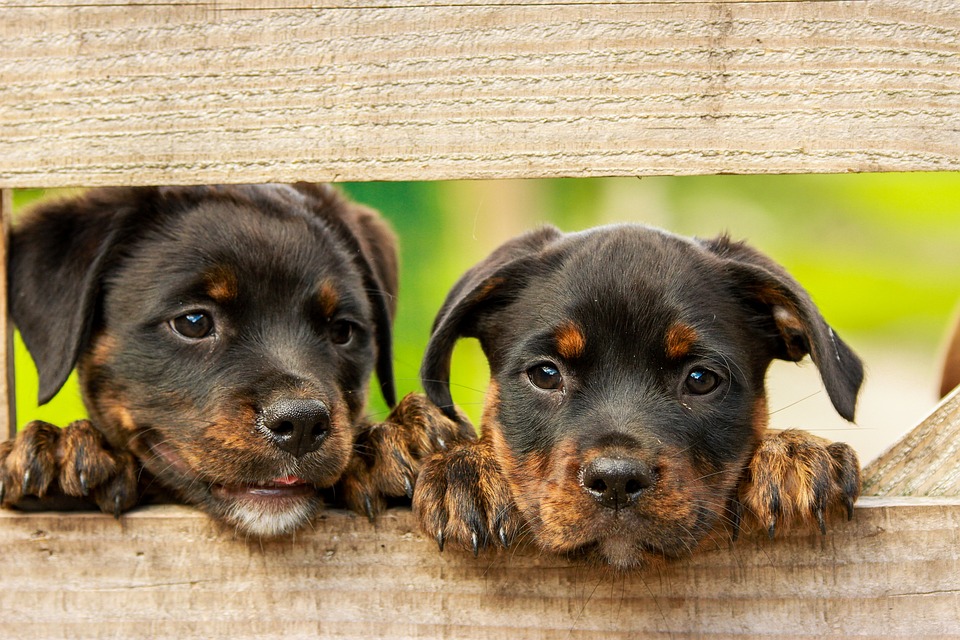If you have a dog and a new one is coming to visit or enter your house, there are several things you can do to make the introduction go smoothly. A new dog might indicate that you are bringing home a foster or new family member, that someone with a dog is moving into your home, or that someone is visiting you. If you want to read part 1, click here.
Dog Body Language
Here are some broad body language indicators to look for to get a sense of where the conversation is going:

They are unlikely to become quick friends if they tense their bodies and gaze into one other’s eyes with their hair up and their fangs bared. Separate them if they rush at each other and try to fight, and don’t try any further introductions without the guidance of a licensed professional behavior expert. Some dogs should be the only pet in the house because they cannot safely associate with other animals. While most of these dogs can be trained to ignore other animals in public, they may never be able to engage with them securely.
Face-to-face welcomes should be avoided. Many dogs, especially those afraid of or feel threatened by eye contact, find this form of greeting quite distressing. Face-to-face welcomes may drive these dogs to make poor judgments and bite out of fear or defensiveness. When dogs stare into each other’s eyes for the first time, they should provide a quick glimpse and quickly look away. A challenge — not a warm greeting — is a strong gaze into another dog’s eyes. If the dogs exhibit improper behavior such as stiffening or gazing, provide vocal input to encourage them to relax.
If it doesn’t work, pick up their leashes and walk around with the dogs until they relax up, then try again.
Stay alert if the dogs rush up to each other, fur raised at their shoulders and the base of their tail, and engage in noisy, rowdy play. If the dogs do not know how to cool themselves down, this form of play can quickly develop into fighting.
When one dog relentlessly chases the other while ignoring the other’s corrections or requests for a break, the game can quickly devolve into bullying. These corrections are commonly misinterpreted as hostility, although they are simply a typical aspect of dog communication.

Dogs should be allowed to correct each other when they are acting inappropriately, and they should also be able to listen to other dogs’ corrections. It is also critical for dogs to take turns being the chaser and the chased and take rests when they become overly excited. If they cannot do so on their own, pick up their leashes and walk them around until they loosen up and shake off, then try again.
They may wish to be best friends if they try to play by pawing or play-bowing with their legs spread out in front of them. Allow them to get to know one another and compliment them on each pleasant interaction.
Supervising Dogs At Home
If the dogs appear to be getting along, take them home in different crates or cars so that the close confines don’t cause additional tension. Allow them to settle in at home, but make sure your dog’s toys, bones, and food bowls are put away first, as these objects may cause friction. When feeding the dogs, especially if you’re going to give them high-value things, it’s a good idea to keep them apart while they eat. Once the dogs have become buddies, they may be more likely to share food and valuable goods.
It is important to build a relationship of trust between your pets. Let us know in the comments what do you think about this article…
